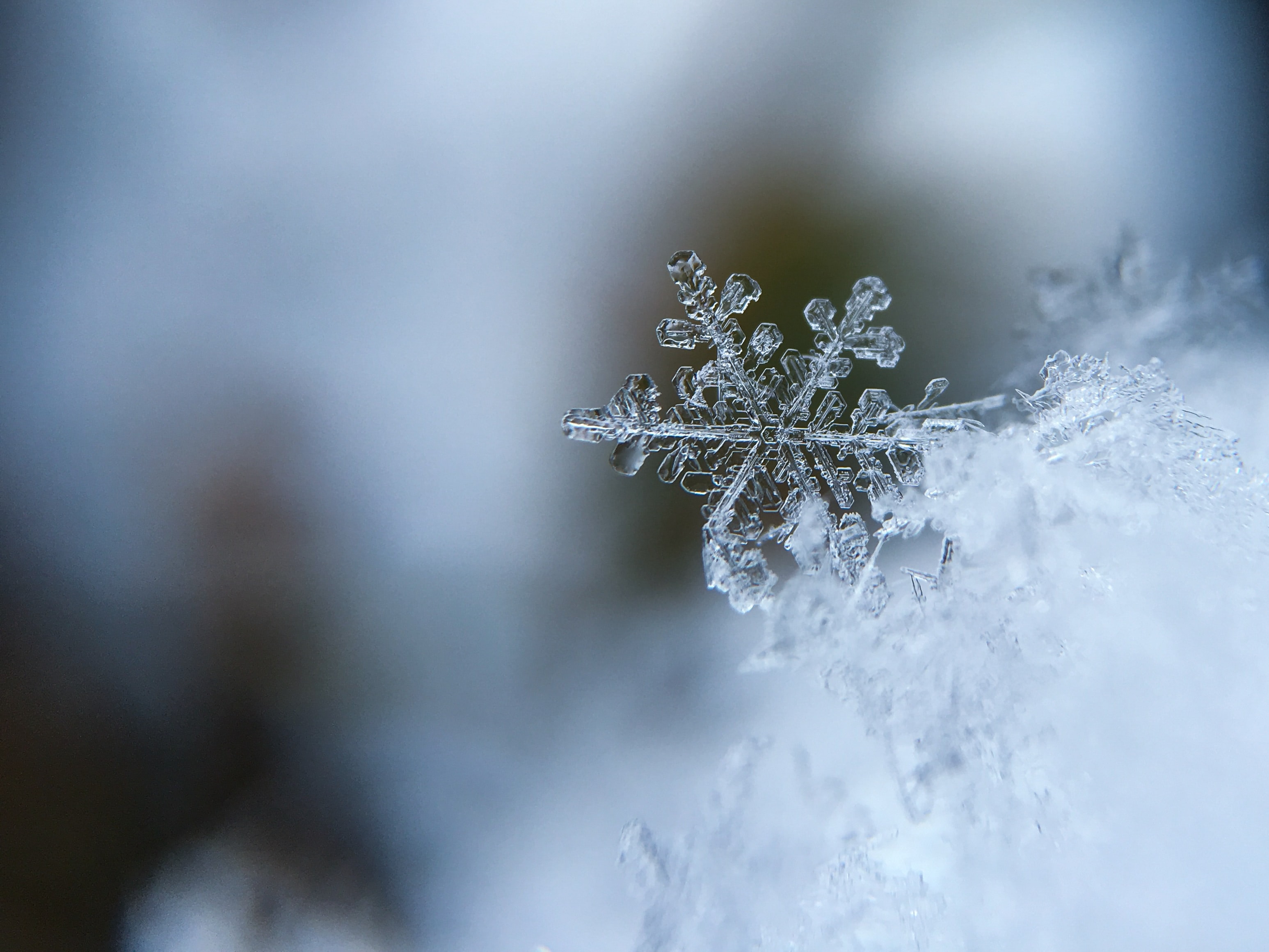Winters in Chicago can be long and formidable. Whether it’s the frigid winds or the regular mid-winter snowfalls, ensuring that your Chicago rental property is adequately winterized for your tenants is crucial. Not only is providing your renters with enough heat the right thing to do, it’s also the law.
Landlords who don't provide satisfactory temperatures for tenants “can face fines of $500 to $1,000 per day, per violation, for each day they do not supply adequate heat,” according to the Chicago Heat Ordinance. Winterizing your rental property is a smart way to make sure that your units are safe for tenants, while protecting your own property investment. Here’s a several basic steps that you can take to winterize your investment property:
Block Door and Window Air Leaks
Doors and windows present obvious points for potential cold air leaks into your property. Inspect the doors and windows for drafts and employ one of the following techniques to stop cold air from making your property colder and less energy efficient:
- Storm Doors and Storm Windows – Unlike screens, storm doors and windows will allow natural light to pass through, while providing an additional barricade against the cold winter air. Make sure all storm doors and windows are closed and locked properly to prevent any drafts.
- Caulking – Applying caulking to windows and window frames can work wonders to block small cracks and gaps. Sanding down caulking after applying it will ensure that it’s effective and not unsightly.
- Weatherstripping – A simpler alternative to caulking is fitting doors and windows with weatherstripping, which can fill the gaps between doors or windows and their frames.
- Shrink-Wrap – For cases where a window or door has numerous leaks, shrink wrap is a more extensive and thorough option. Shrink-Wrap winterizing kits are widely available and are highly effective. The downside of shrink-wrapping is that the door or window cannot be opened without removing the wrapping, which means it likely will be unusable throughout the winter.
Doors and windows represent the most obvious spots for cold air leaks, especially if your property has older wooden doors, windows, and frames.
Fill Additional Gaps
Besides windows and doors, older units may contain other areas that are susceptible to cold air leaks. For instance, outlets, fireplaces, skylights, basements, crawlspaces, attics, and places where wires are running can also cause a property to be less well insulated.
As with the gaps around windows and doors, caulking is a good solution to the problem of additional openings in the exterior of your property. When caulking a cold air leak, use only as much caulk as is necessary and then sand down any overexpanded areas after the caulk dries.
Insulating External Pipes
In the middle of a freezing Chicago winter, it is infuriating (and costly!) to have to deal with a burst pipe. Any pipes that run along the exterior walls of your rental property are especially vulnerable to freezing and bursting. There are two particularly effective strategies to winterizing these pipes:
- Insulating Foam – Covering pipes with insulating foam can help to protect them from any potential drafts or cold spots/cavities.
- Heating Cable – If there is an pipe that has proven particularly prone to freezing in the past, you can also wrap the pipe in an electric heating cable. This will ensure that the pipe stays warm enough to function, even in freezing temperatures. Many heating cables include an internal thermostat and can be used on both metal and plastic piping.
Winterizing your rental property is a smart investment, both in terms of your ROI and also to ensure that you are able to provide tenants with a warm and safe environment throughout the winter.
Contact Landmark Property Management online or call today at 312-313-8553 for superior property management services.






.png)


